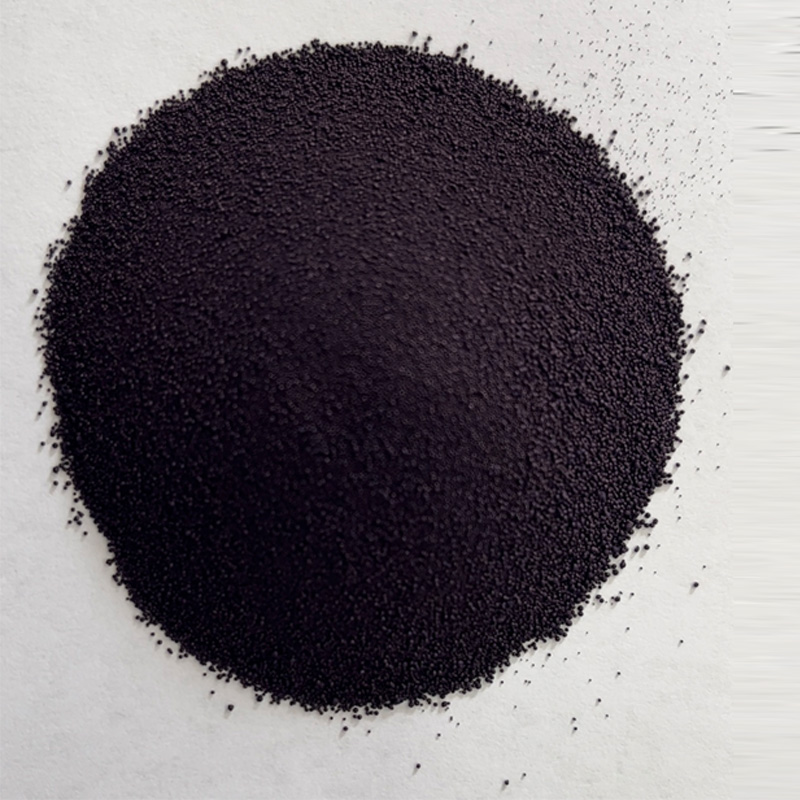Exploring a Variety of Indigo Jean Dye Products for Unique Denim Styles
Indigo Jean Dye Products A Deep Dive into Tradition and Modernity
Indigo dyeing has long been revered in the world of textile manufacturing, particularly for its iconic association with denim jeans. This distinctive blue hue, derived from the indigo plant, has a rich history that spans centuries and continents. Today, indigo dye products are not only celebrated for their vibrant color but also for their cultural significance, eco-friendliness, and innovative applications in fashion and home décor.
The History of Indigo Dyeing
The use of indigo dye can be traced back to ancient civilizations. The earliest recorded use of indigo can be found in Egypt around 2500 B.C. However, it was not until the robust trade networks of the Middle Ages that indigo became a valuable commodity. In India, for example, the art of indigo dyeing reached new heights with the establishment of dyeing centers that produced the pigment for export. The rich, deep blue shades became synonymous with quality textiles and were a significant part of trade in Europe and other parts of the world.
As denim became fashionable in the 19th century, particularly among workers in America, the indigo dye gained a strong foothold in the fabric industry. The introduction of synthetic indigo during the late 19th and early 20th centuries made indigo dyes more accessible and affordable, leading to the mass production of denim jeans. Today, indigo is one of the most widely used dyes in the textile industry, particularly for denim, which has become a wardrobe staple around the globe.
The Modern Renaissance of Indigo
In recent years, there has been a resurgence of interest in natural indigo dyeing, driven by a growing awareness of sustainability and the environmental impact of synthetic dyes. Artisans and fashion designers are increasingly turning to traditional methods of dyeing with natural indigo, which not only results in unique shades of blue but also minimizes ecological harm. Unlike synthetic dyes, natural indigo requires less water and fewer chemicals, making it a more environmentally friendly option.
Brands such as Eileen Fisher and Nudie Jeans are leading the charge in the ethical fashion movement, producing indigo-dyed products with an emphasis on sustainability and fair labor practices. These companies often focus on sourcing organic cotton and utilizing eco-friendly dyeing processes, allowing consumers to make choices that reflect their values.
indigo jean dye products

The Aesthetic Appeal of Indigo
Indigo-dyed products are not just about sustainability; they are also celebrated for their aesthetic qualities. The depth and richness of indigo hues can elevate any garment or product, making them timeless and versatile. Denim jeans, shirts, and jackets produced with natural indigo often have unique color variations and fading patterns, leading to a one-of-a-kind product that tells a story through its visual appeal.
Beyond clothing, indigo dyeing has expanded into home décor, with products such as cushions, throws, and tapestries featuring the captivating blue shades. Artisans skillfully employ traditional shibori techniques—an ancient Japanese method of dyeing fabric by binding, stitching, or folding—to create intricate and stunning designs.
The Future of Indigo Dye Products
As the fashion and textile industries continue to evolve, the future of indigo dye products looks promising. With the rise of the circular economy, there is a growing emphasis on durability and longevity in fashion. Consumers are increasingly seeking out products that can withstand the test of time, and indigo-dyed textiles, known for their durability, fit this ethos perfectly.
Moreover, innovations in dyeing technology are paving the way for new and exciting applications of indigo. Research is ongoing to improve indigo dyeing processes, making them less harmful to the environment while maintaining the quality and vibrancy of the color.
In conclusion, indigo jean dye products represent a beautiful blend of tradition, sustainability, and modern design. As we move towards a more conscious approach to fashion and textiles, the rich heritage of indigo dyeing continues to thrive, captivating new generations of artisans and consumers alike. Whether in the form of a classic pair of jeans or a stunning piece of home décor, indigo remains a symbol of creativity, culture, and craftsmanship.
-
The Timeless Art of Denim Indigo Dye
NewsJul.01,2025
-
The Rise of Sulfur Dyed Denim
NewsJul.01,2025
-
The Rich Revival of the Best Indigo Dye
NewsJul.01,2025
-
The Enduring Strength of Sulphur Black
NewsJul.01,2025
-
The Ancient Art of Chinese Indigo Dye
NewsJul.01,2025
-
Industry Power of Indigo
NewsJul.01,2025
-
Black Sulfur is Leading the Next Wave
NewsJul.01,2025

Sulphur Black
1.Name: sulphur black; Sulfur Black; Sulphur Black 1;
2.Structure formula:
3.Molecule formula: C6H4N2O5
4.CAS No.: 1326-82-5
5.HS code: 32041911
6.Product specification:Appearance:black phosphorus flakes; black liquid

Bromo Indigo; Vat Bromo-Indigo; C.I.Vat Blue 5
1.Name: Bromo indigo; Vat bromo-indigo; C.I.Vat blue 5;
2.Structure formula:
3.Molecule formula: C16H6Br4N2O2
4.CAS No.: 2475-31-2
5.HS code: 3204151000 6.Major usage and instruction: Be mainly used to dye cotton fabrics.

Indigo Blue Vat Blue
1.Name: indigo blue,vat blue 1,
2.Structure formula:
3.Molecule formula: C16H10N2O2
4.. CAS No.: 482-89-3
5.Molecule weight: 262.62
6.HS code: 3204151000
7.Major usage and instruction: Be mainly used to dye cotton fabrics.

